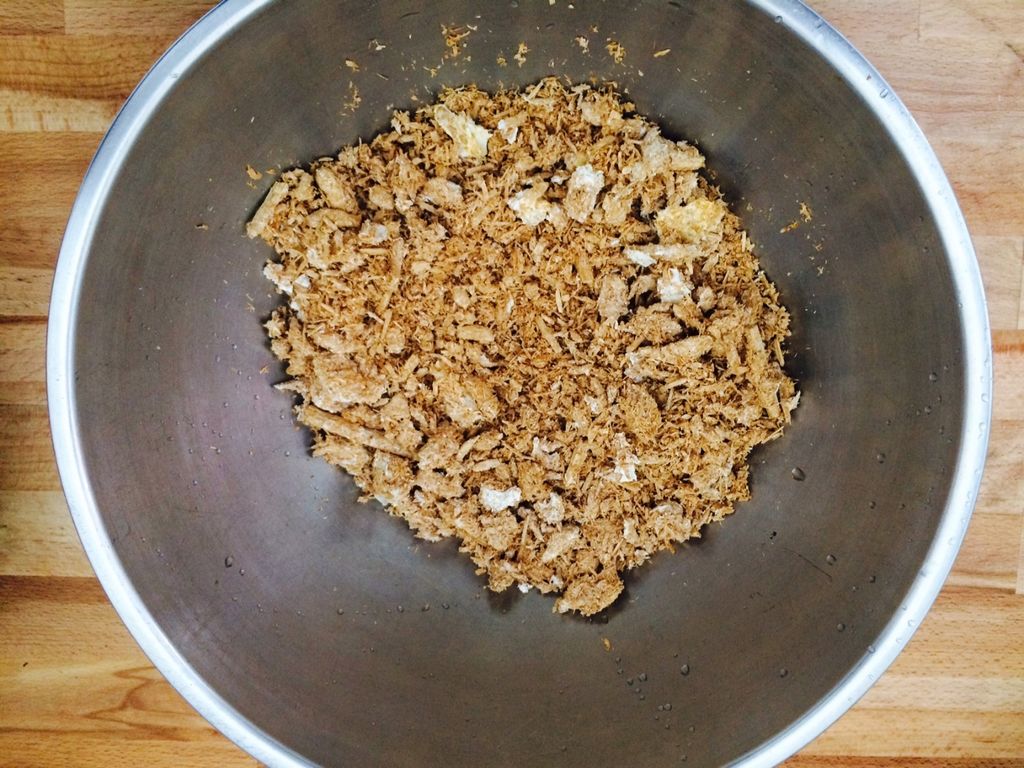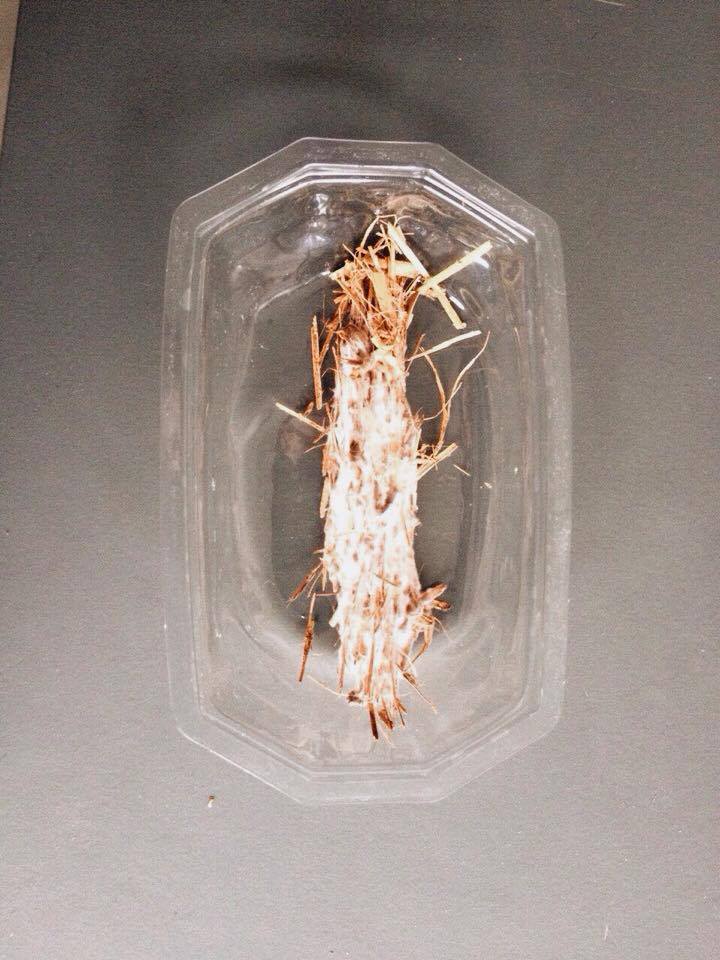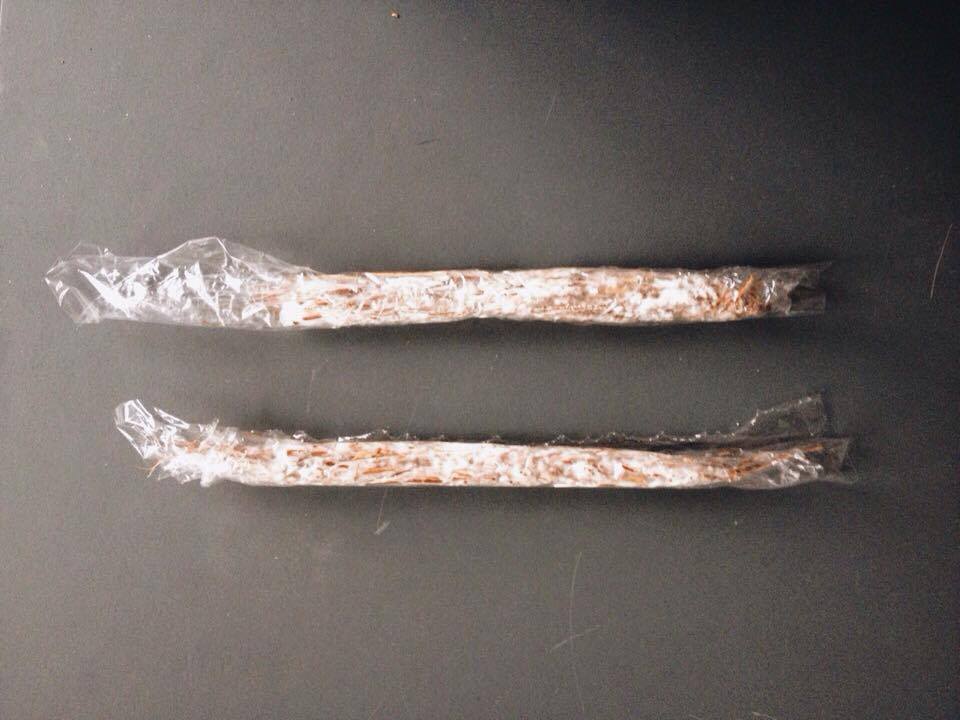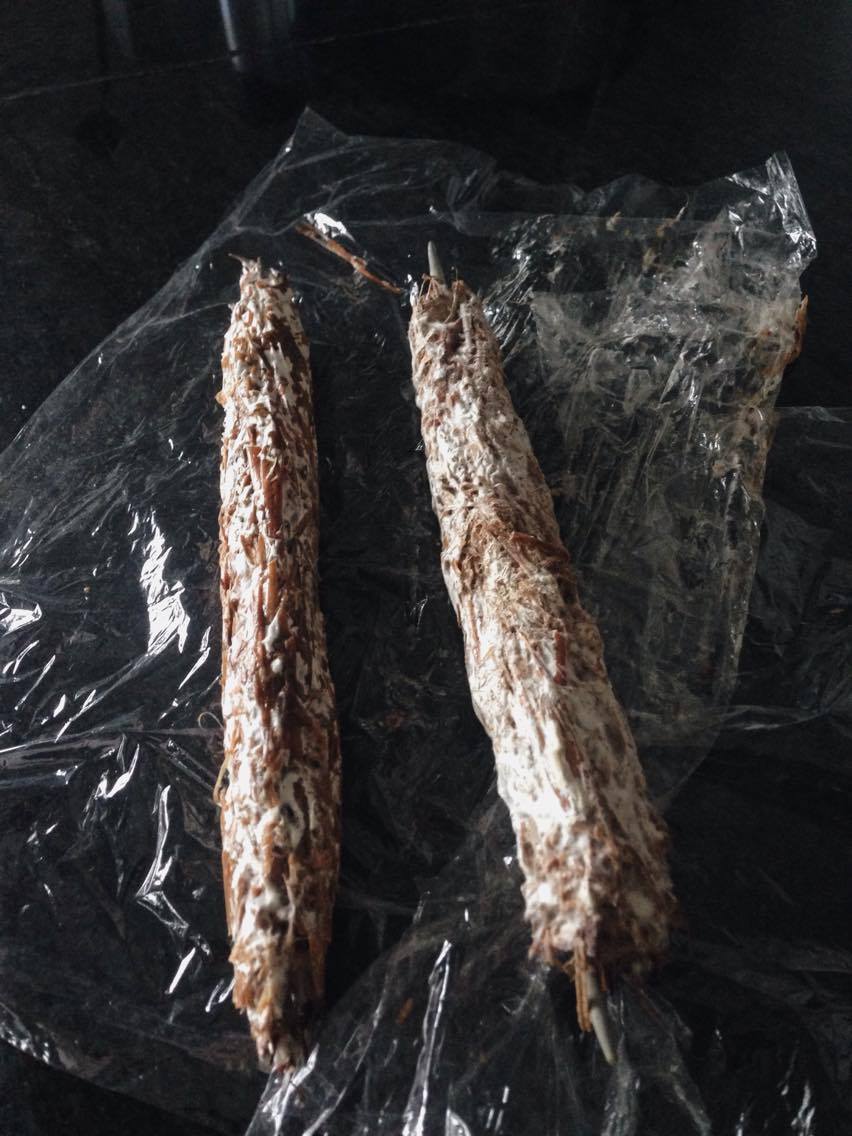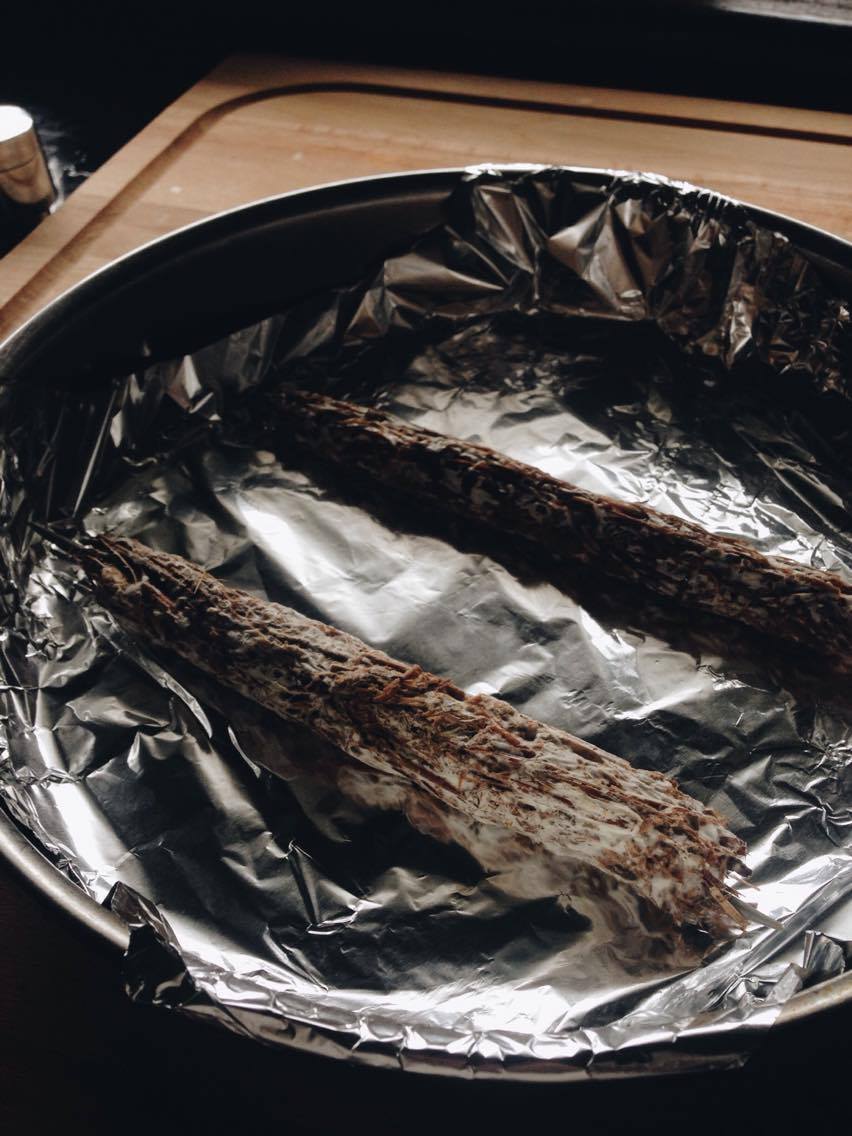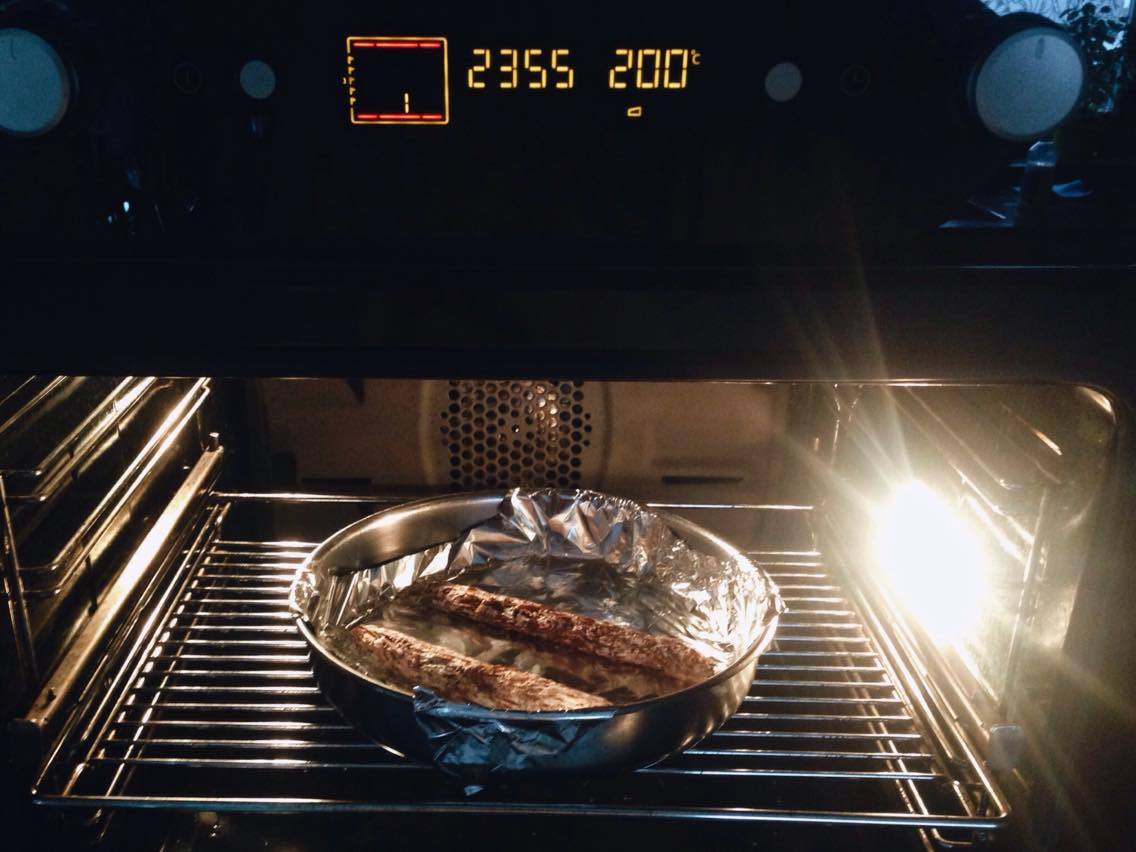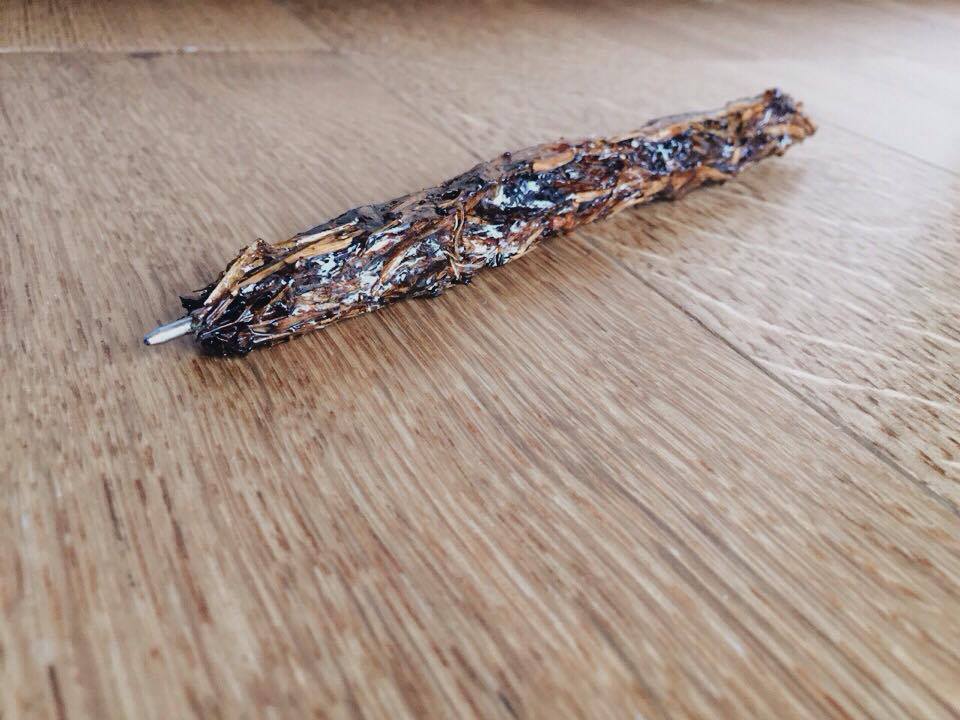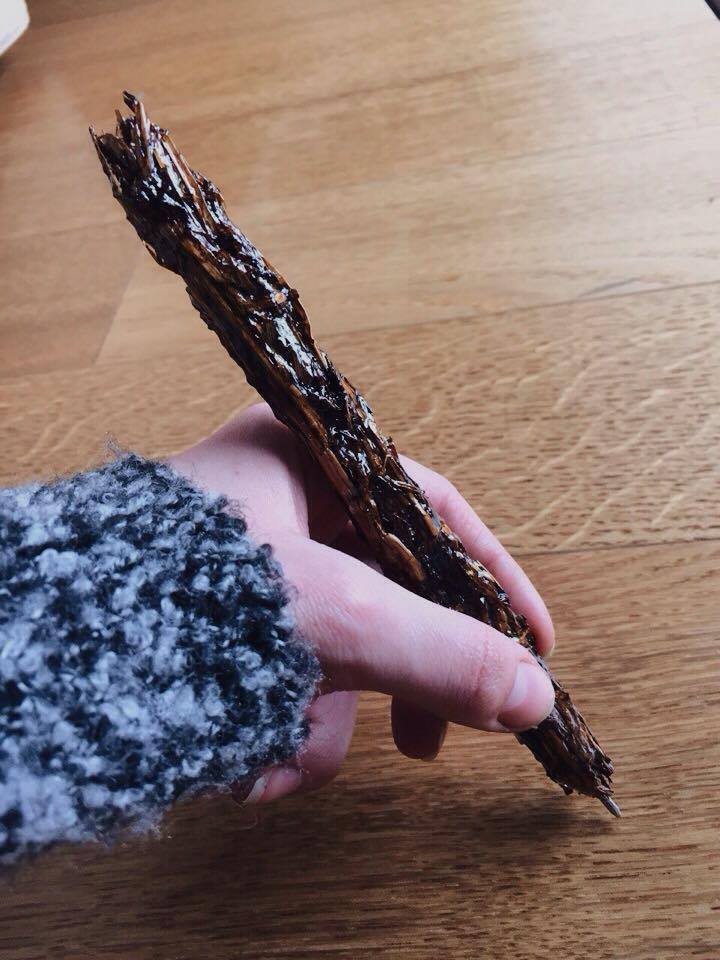No edit summary |
No edit summary |
||
| Line 11: | Line 11: | ||
Starting from the renowned "big things have small beginnings", I decided to use the powers of mother nature itself, in order to spare her from the toxic materials, namely plastic. So why not come up with something that it's as handy to me, as it's friendly to the nature?! Win-win situation. | Starting from the renowned "big things have small beginnings", I decided to use the powers of mother nature itself, in order to spare her from the toxic materials, namely plastic. So why not come up with something that it's as handy to me, as it's friendly to the nature?! Win-win situation. | ||
| Line 44: | Line 45: | ||
* Considering that I was aiming at turning the myco-material into a pen-like cover, I inserted a netting needle throughout the whole process, in order to keep and ensure the needed hole for the final insertion of the refill stick of the pen. (see step VI) | * Considering that I was aiming at turning the myco-material into a pen-like cover, I inserted a netting needle throughout the whole process, in order to keep and ensure the needed hole for the final insertion of the refill stick of the pen. (see step VI) | ||
V) Bake and stop | V) Bake and stop | ||
| Line 52: | Line 54: | ||
* In order to stop the further growth of the mycelium, heating it up is crucial. Baking kills the mycelium, as well as dries and solidifies the material. | * In order to stop the further growth of the mycelium, heating it up is crucial. Baking kills the mycelium, as well as dries and solidifies the material. | ||
* One should be careful with the relation between heating temperature and duration. The myco-material can be burnt very easily. During my experiment, the material failed to get baked properly at 200°C for 40 minutes. It succeeded only at 200°C for 25-30 minutes. However, this also depends on the size of the material. The larger, the longer. | * One should be careful with the relation between heating temperature and duration. The myco-material can be burnt very easily. During my experiment, the material failed to get baked properly at 200°C for 40 minutes. It succeeded only at 200°C for 25-30 minutes. However, this also depends on the size of the material. The larger, the longer. | ||
Revision as of 14:33, 5 April 2016
Let’s put it this way:
You see a mushroom someplace. What you are seeing is only the 1/20 part of the whole organism. Channeled under its body, just under the ground, are its roots – the so-called mycelium. Made up of its filamentous strands, mycelium is the stabilizer of the ecosystem.
Long story short:
When it comes to the life on our planet, mycelium is indispensable.
Inspiration
Paul Stamets’ idea [1] on the mycological rescue of our planet is indeed an eye-opener. It provokes new alternative ways to perceive the organism, which nowadays is mainly used as nothing more than a nutritive indulgence.
Starting from the renowned "big things have small beginnings", I decided to use the powers of mother nature itself, in order to spare her from the toxic materials, namely plastic. So why not come up with something that it's as handy to me, as it's friendly to the nature?! Win-win situation.
MYCOWRITER
PROCEDURE
I) Straw-Mycelium bond
II) Pen-like form
- Note: Water-sprayed, since it prevents the material from drying out during the growth.
III) Cellophane-wrapping
- The plastic stimulates the molding process while keeping the myco-material moist during its growth period. It also reduces the risk of contamination from other bacteria.
IV) Let-it-grow phase
after 12 days of growth
- The mycelium colonizes the agricultral product, since it grows by consuming carbon-rich materials (in this case: the straw), resulting in a wet-like myco-material.
- Considering that I was aiming at turning the myco-material into a pen-like cover, I inserted a netting needle throughout the whole process, in order to keep and ensure the needed hole for the final insertion of the refill stick of the pen. (see step VI)
V) Bake and stop
- In order to stop the further growth of the mycelium, heating it up is crucial. Baking kills the mycelium, as well as dries and solidifies the material.
- One should be careful with the relation between heating temperature and duration. The myco-material can be burnt very easily. During my experiment, the material failed to get baked properly at 200°C for 40 minutes. It succeeded only at 200°C for 25-30 minutes. However, this also depends on the size of the material. The larger, the longer.
VI) Penify-it
True, my personal reduction of the plastic usage is no bigger than a 15 cm long material, but small steps people... small steps, to a bio-based future.
